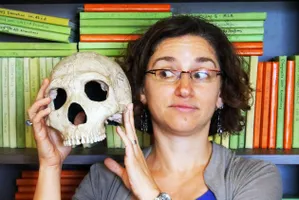NATIONAL MUSEUM OF NATURAL HISTORY
How to Balance Motherhood and a STEM Career
Smithsonian paleoanthropologist Briana Pobiner shares tips for balancing motherhood and a STEM career.
/https://tf-cmsv2-smithsonianmag-media.s3.amazonaws.com/blogging/featured/IMG_2302.jpg)
I was so excited to find out I was pregnant in early 2011. I immediately began wonder what color we would paint the baby’s room and how to decorate it. But then it dawned on me that this new stage in my life would have a major impact on my career as a paleoanthropologist. I started to ask myself a lot of questions. Am I completely crazy to think I could be both a scientist and a mother at the same time? Is it possible to do fieldwork with a kid in tow? Will I have to change my research questions? Fast forward six years to the summer of 2018 and I was somehow pulling off being both a mother and a scientist with my research questions intact and I was ready to try doing field work in Kenya with my son, Toby, in tow.
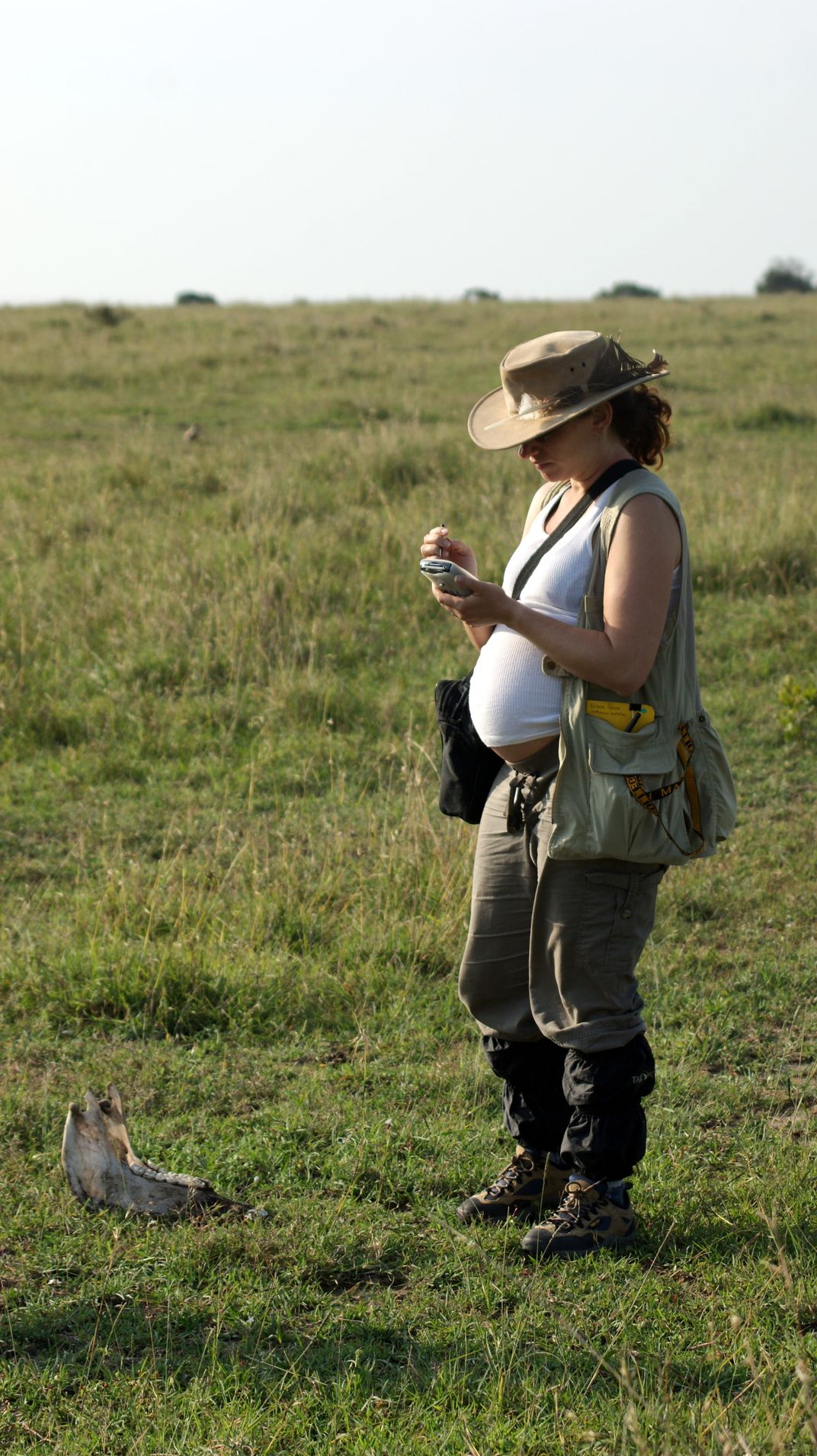
The first step when planning to bring a kid to the field is to ask for advice. Before I took Toby to the field, I grilled anyone who had been down this path before me. I asked questions like: Did they bring their significant other or another family member with them to watch their kid during the day? Did their kid adjust well to the totally new surroundings, new food, new rules? What kinds of medical precautions did I need to take? I found out that everyone does it differently, but having suggestions from others and knowing it could be done made me more confident about undertaking it myself.
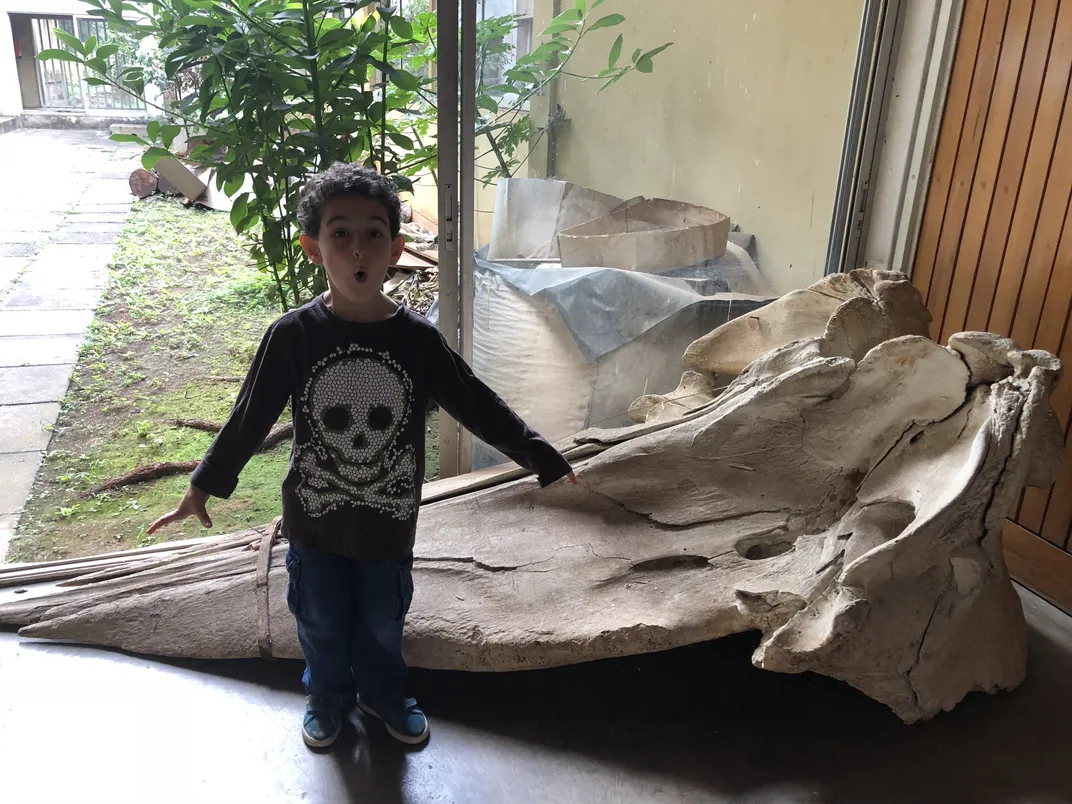
Toby and I started off in Nairobi at the National Museums of Kenya, where I continued my study of fossils from the oldest layers of the Smithsonian’s excavations at Olorgesailie. The museum’s staff were extremely gracious about my mini-assistant. They allowed Toby and his nanny, Mercy, to set up in a large lab area on the other side of the building from me. Toby is an only child and pretty attached to me. I wanted him to be close enough to me that he could swing by when he needed motherly love but not so close that I couldn’t focus on my research.
Mercy was a life saver. I couldn't have done my research without a nanny to watch Toby. The trick to finding a good, short-term nanny in a different country is to start planning early. Months beforehand, I asked my colleagues and friends familiar with Nairobi whether they knew of someone who could take care of Toby while I was there. I got lucky. Mercy’s mom was a long-term nanny for two of my colleagues when they lived in Kenya a few years ago.
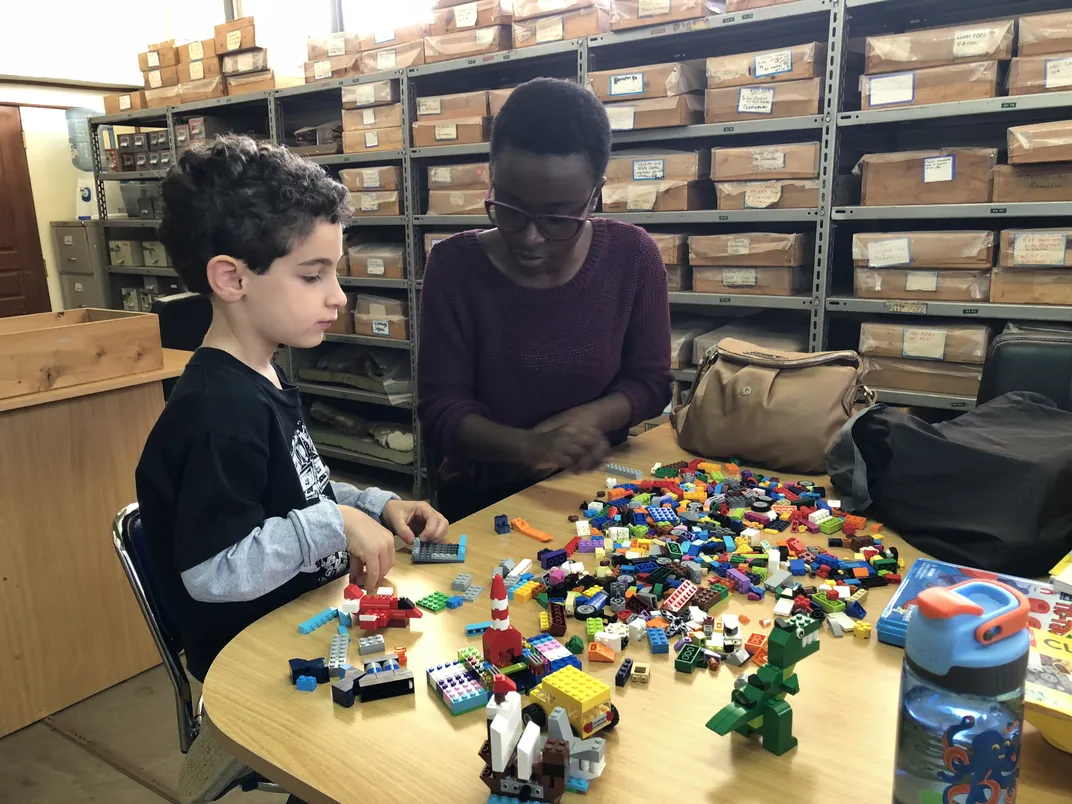
While we were in Nairobi, we visited Olorgesailie so Toby could see it for himself. I had spent many summers excavating at this site, so it was special for me to show him the site and introduce him to the excavation team. His eyes lit up with excitement and discovery. Sharing my work with him made me love what I do even more which I didn’t think was possible.
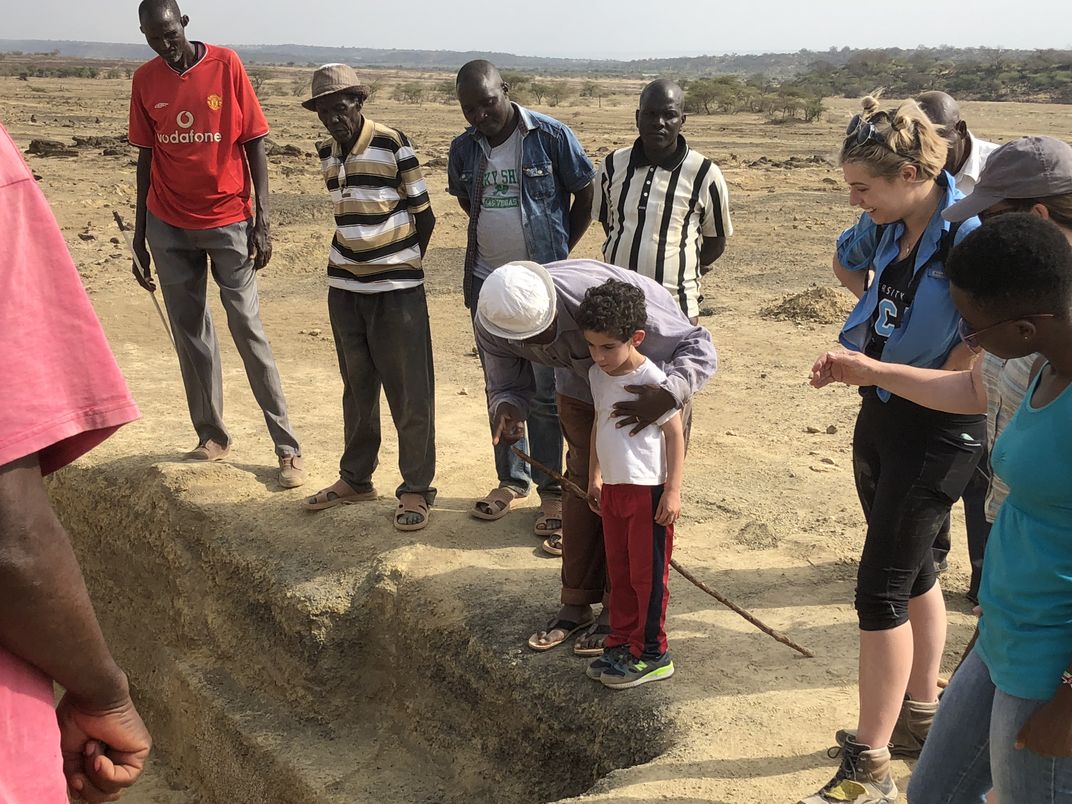
After that, we headed to my field site in central Kenya, Ol Pejeta Conservancy, where my colleagues and I continue to study the bones of modern animals to see how well they reflect the known ecosystem and predatory behavior of carnivores.
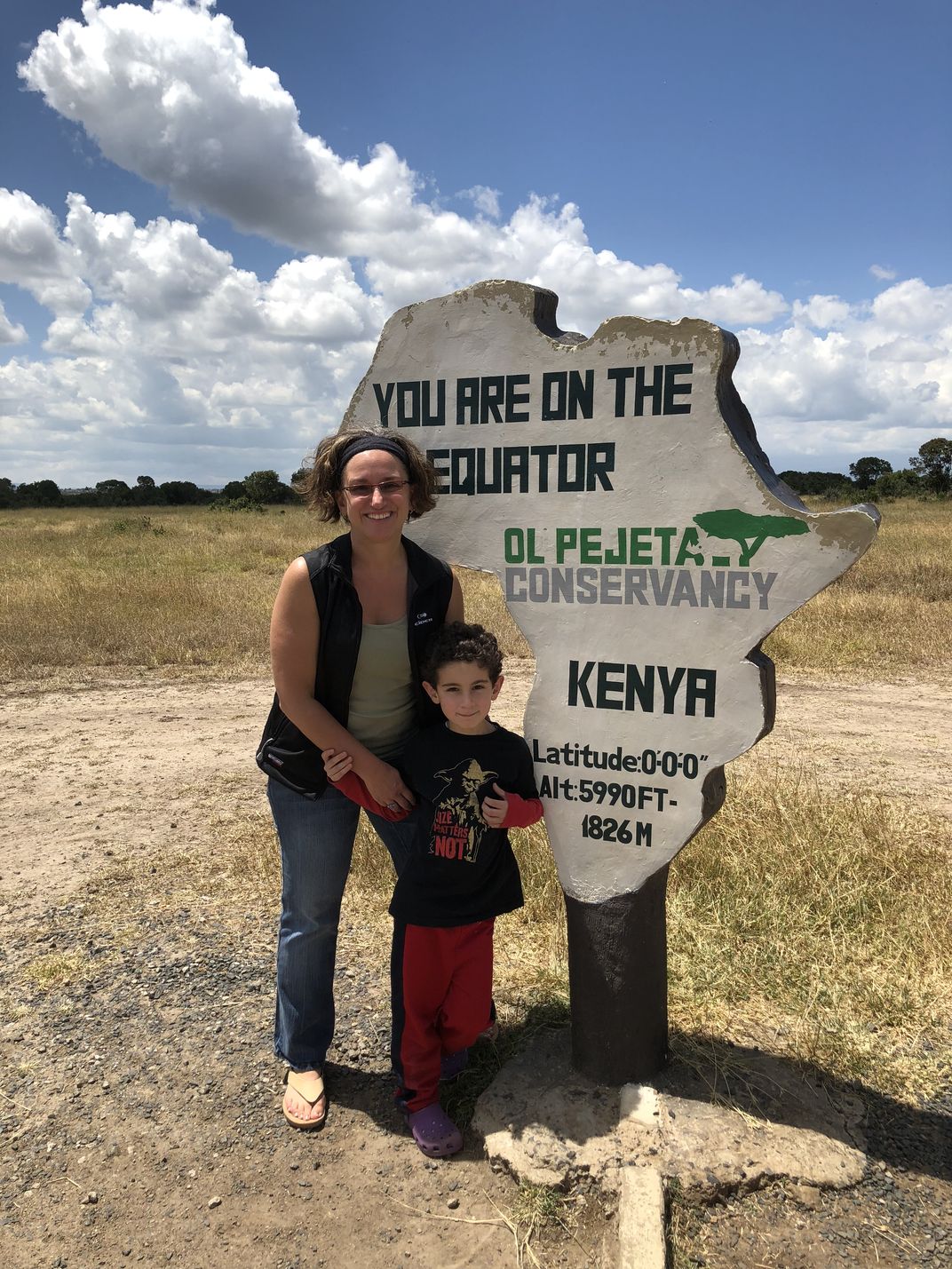
Ol Pejeta field work involved walking transects with an armed guard to look for bones. It wasn’t safe for Toby so I had to be more flexible with childcare plans. I thought it would be easy to hire a Kenyan mom who was in the staff camp nearby looking after her own kids, but the housing policy changed since I was last there. Staff no longer lived near the conservancy so I panicked when I arrived. Thankfully, a staff member with kids connected me with her nanny, who recommended Lucie, who lived in the nearby town.
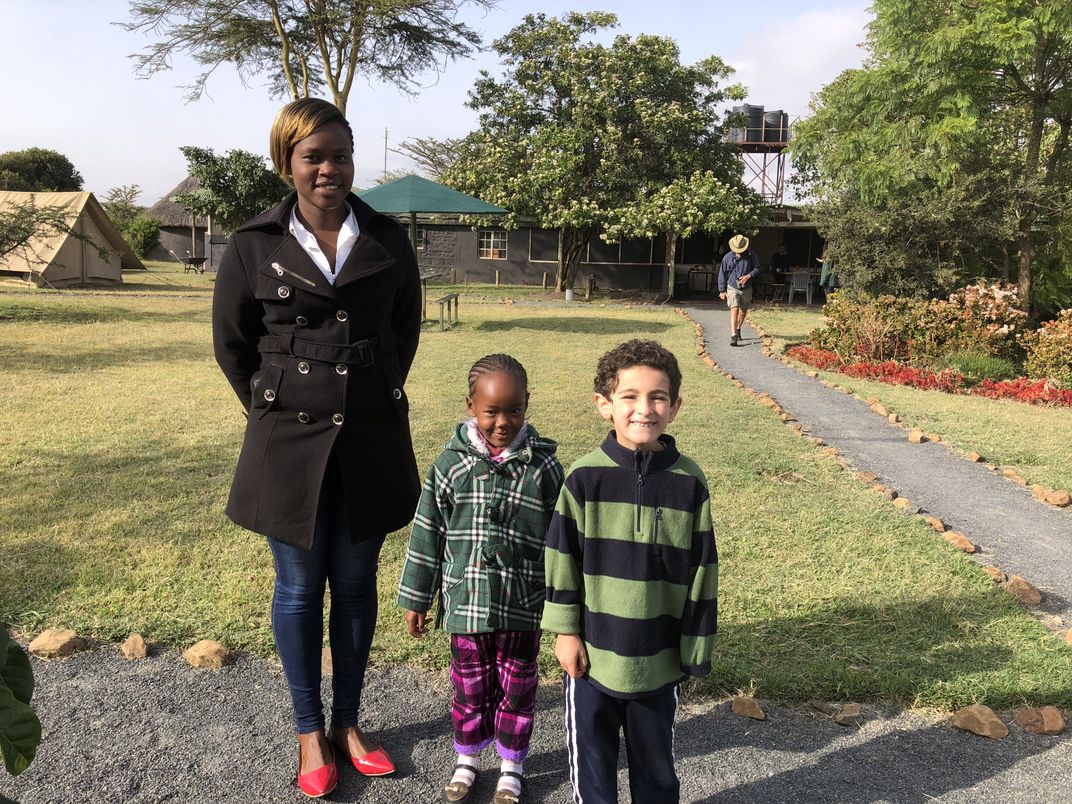
Beyond childcare, the balancing act of trying to be a parent and run a field project got tougher at Ol Pejeta. Our work there continued through the weekends and didn’t end at 5:00 p.m. sharp everyday. This left me little time to spend with Toby. And that time wasn’t private, quality time as we shared a room with one of my colleagues. I could tell it was getting to him (and me) which made me realize that is important to know and honor your personal limits. I didn't know it at the time, but I should have made sure that Toby and I had our own room and I should have built family time into my field work schedule to prevent emotional fatigue, frustration and a lack of connection.
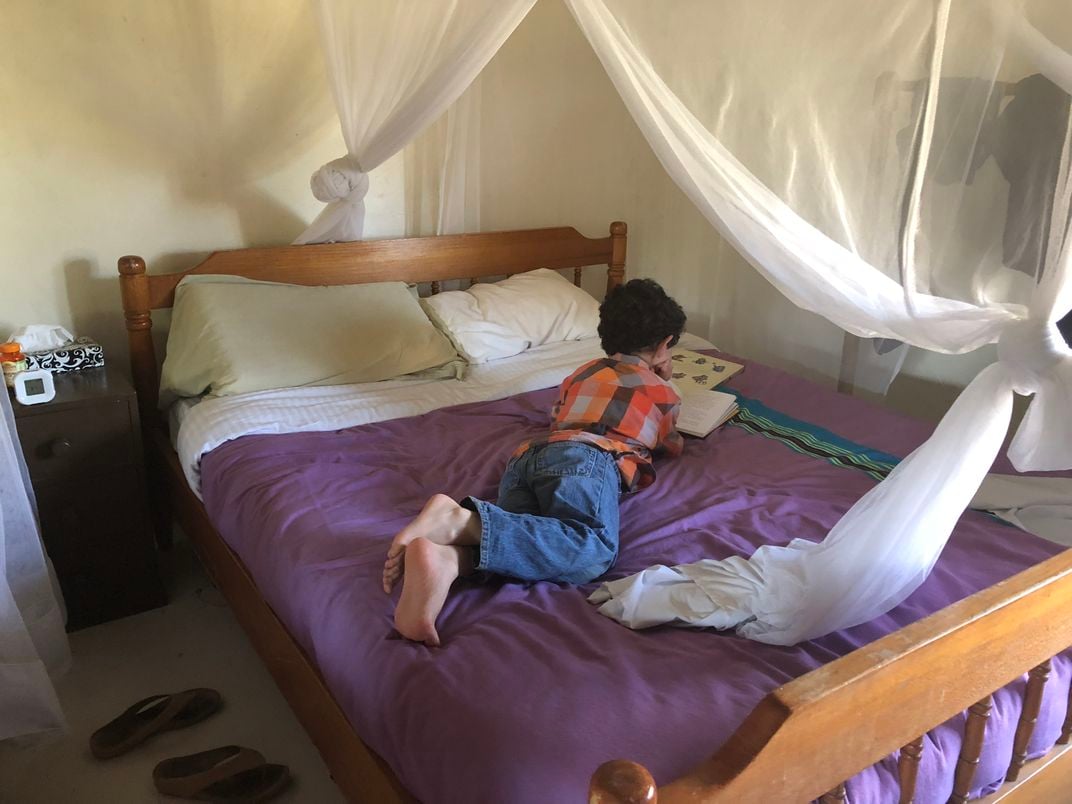
And, lastly, know and respect your kid’s personal limits. Even though Toby is an only child and comfortable spending a lot of time around adults, I was surprised to discover how much he missed having a playmate his own age. By chance, we ran into two of my colleagues with their six-year-old son in the Nairobi airport on the way home. Toby and Andres hit it off instantly. They ran around the waiting area, played together and thoroughly enjoyed each other’s company. They even called to each other across the plane when we boarded our flight to London and hung out in Heathrow a bit before we left on our flight back to Washington, D.C. Toby’s joyful and animated demeanor after such a short time with a playmate let me know that missing his friends was a big part of what made him a little grumpy towards the end of our field season.
All-in-all, field work with my son was a success. I was thrilled to share this part of my life with him and I’m grateful to all my colleagues and everyone at the National Museums of Kenya in Nairobi and the Ol Pejeta Conservancy who helped make it happen. I recently asked Toby what he remembers most about the summer. With a wry smile, he said “when you were scared of the elephants!” Ol Pejeta has lots of elephants and, because of past close encounters of the pachyderm kind in other places in Kenya, I’m very wary of them. But did he bring up us arguing over how much iPad time he was getting? No. Does he want to come back with me to Kenya again? Absolutely. Was it easy? Heck no! But I’m still glad I did it and I would definitely do it again. Next time, though, I’d like to bring either my husband or one of Toby’s grandparents with me to give Toby quality time with a loved one while I’m off searching for bones.
Related Story:
Museum Director Discovers His Mother’s Childhood Visit to the Smithsonian

